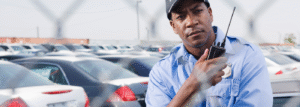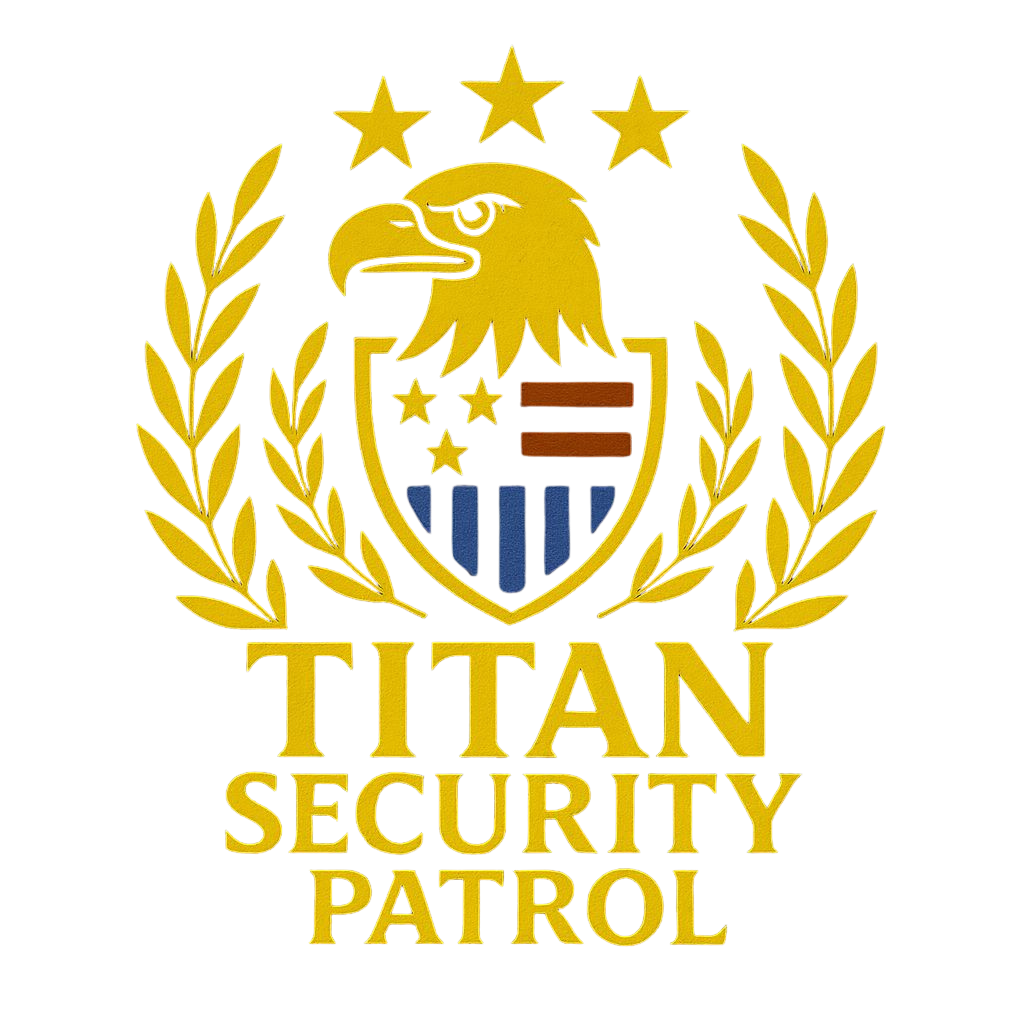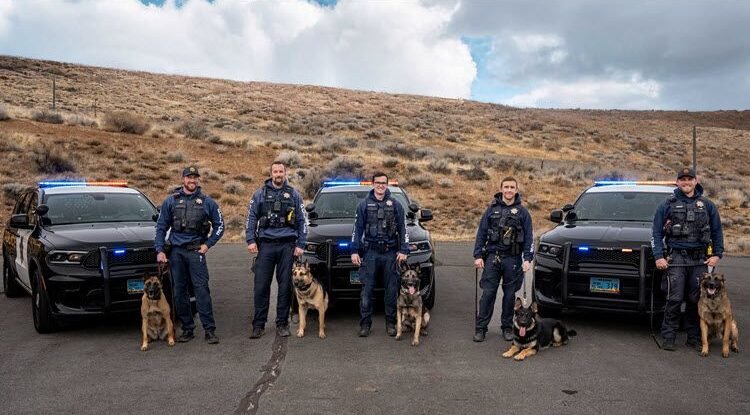
Shopping Center Security Measures to Take
Shopping centers are bustling hubs of activity, attracting thousands of visitors daily. Ensuring a safe and secure environment is paramount for the protection of shoppers, employees, and property. Implementing effective shopping center security measures not only safeguards against theft and vandalism but also enhances the overall shopping experience.
This blog explores the importance of shopping center security, the roles of mall security guards, and essential security measures.
Why Is Shopping Center Security Important?
Shopping center security is crucial for several reasons. First and foremost, it ensures the safety of shoppers and staff. A secure environment minimizes the risk of crimes such as theft, assault, and vandalism, making the shopping experience more pleasant and stress-free. Additionally, a strong security presence can deter potential criminals, reducing the likelihood of incidents occurring in the first place.
Security is also essential for protecting the assets of the shopping center and its tenants. Retailers invest significantly in inventory, and any loss due to theft can have a substantial financial impact. Moreover, incidents like vandalism can damage property and disrupt business operations, leading to costly repairs and downtime. This not only affects the shopping center’s bottom line but can also damage its reputation.
What Do Shopping Mall Security Guards Do?
Shopping mall security guards play a pivotal role in maintaining a secure shopping environment. Their responsibilities are multifaceted and include:
Patrolling: Security guards conduct regular patrols of the shopping center to monitor for any suspicious activity, ensuring all areas are safe and secure. These patrols can be on foot, by vehicle, or using other modes of transportation, depending on the size and layout of the mall.
Surveillance: They monitor security cameras and surveillance systems, keeping an eye on potential threats and responding promptly to any incidents. Surveillance isn’t just about watching—it’s about analyzing behaviors, identifying potential risks before they materialize, and coordinating responses with other security personnel.
Emergency Response: In the event of an emergency, such as a medical situation, fire, or security breach, shopping mall security guards are trained to respond quickly and effectively to ensure the safety of everyone involved. Their training often includes first aid, fire safety, and crowd control, making them crucial first responders in any crisis.
Customer Assistance: Security personnel often assist shoppers, providing directions, helping with lost and found items, and offering general information about the shopping center. This customer-facing role not only enhances the shopping experience but also builds trust between the public and the security team.
Loss Prevention: They work closely with retailers to prevent theft and shoplifting, conducting bag checks and apprehending suspects when necessary. Security guards often collaborate with store employees, using their knowledge of common theft tactics to protect merchandise and reduce losses.

Top Shopping Center Security Measures
To ensure comprehensive shopping center security, several measures should be implemented:
Access Control: Limiting and monitoring access to certain areas within the shopping center can help prevent unauthorized entry and reduce the risk of theft or vandalism. This can include the use of electronic access systems, security checkpoints, and physical barriers to control the flow of people.
Surveillance Systems: High-quality security cameras strategically placed throughout the shopping center provide constant monitoring and help identify and record suspicious activity. Modern systems often include features such as facial recognition, motion detection, and integration with other security technologies, enhancing their effectiveness.
Lighting: Adequate lighting, especially in parking lots and secluded areas, can deter criminal activity and enhance the safety of visitors. Proper lighting not only makes it easier to monitor these areas but also increases visibility for shoppers, reducing the likelihood of accidents and incidents.
Emergency Protocols: Establishing clear emergency procedures and conducting regular drills ensures that staff and security personnel are prepared to handle various situations efficiently. These protocols should cover a range of scenarios, from medical emergencies to active shooter situations, and should be regularly reviewed and updated.
Communication Systems: Effective communication between security guards, management, and local law enforcement is crucial for coordinated responses to incidents. Advanced communication tools, such as encrypted radios and mobile apps, can facilitate real-time information sharing, enabling faster and more effective responses.
Training Programs: Ongoing training for security personnel ensures they are well-equipped to handle the evolving nature of threats and maintain high standards of protection. This training should cover not only basic security skills but also specialized topics such as cyber threats, de-escalation techniques, and cultural sensitivity.
Visible Security Presence: A strong, visible security presence can deter potential criminals and reassure shoppers of their safety. This can be achieved through regular patrols, visible security equipment, and strategically placed security stations throughout the mall.
Collaboration with Local Law Enforcement: Establishing a strong relationship with local law enforcement agencies is another critical measure. This collaboration can lead to quicker response times during emergencies, better sharing of intelligence, and joint training exercises that enhance the overall security posture of the shopping center.
Implementing these measures creates a robust security framework that addresses various risks and enhances the overall safety of the shopping center. It’s important to regularly assess and update security measures to adapt to changing threats and ensure that the shopping center remains a safe environment for everyone.
The Role of Technology in Shopping Center Security

In today’s digital age, technology plays an increasingly important role in shopping center security. Advanced security systems such as biometric access controls, AI-powered surveillance cameras, and integrated security platforms can significantly enhance the effectiveness of traditional security measures.
Biometric Access Control: This technology uses unique biological traits such as fingerprints, facial recognition, or iris scans to control access to restricted areas. This can prevent unauthorized entry more effectively than traditional keycards or codes.
AI-Powered Surveillance: Artificial intelligence (AI) in surveillance systems can analyze video feeds in real-time, identifying unusual patterns or behaviors that may indicate a security threat. This allows security teams to respond proactively to potential incidents before they escalate.
Integrated Security Platforms: These platforms consolidate various security systems into a single interface, allowing for more efficient monitoring and management. For example, a security guard can access live camera feeds, review access logs, and communicate with team members—all from a single device.
By embracing these technologies, shopping centers can not only improve their security but also streamline operations, reduce costs, and enhance the overall visitor experience.
Enhance Security with Titan Security Patrol Services
Titan Security Patrol offers comprehensive shopping mall security solutions designed to meet the unique needs of each shopping center. Our experienced security personnel are trained to handle a wide range of situations, from routine patrols to emergency response. We also leverage the latest security technologies to provide a seamless, integrated approach to shopping center security.
Contact Titan Security Patrol today to enhance the security of your shopping center and ensure a safe environment for all visitors and staff.

